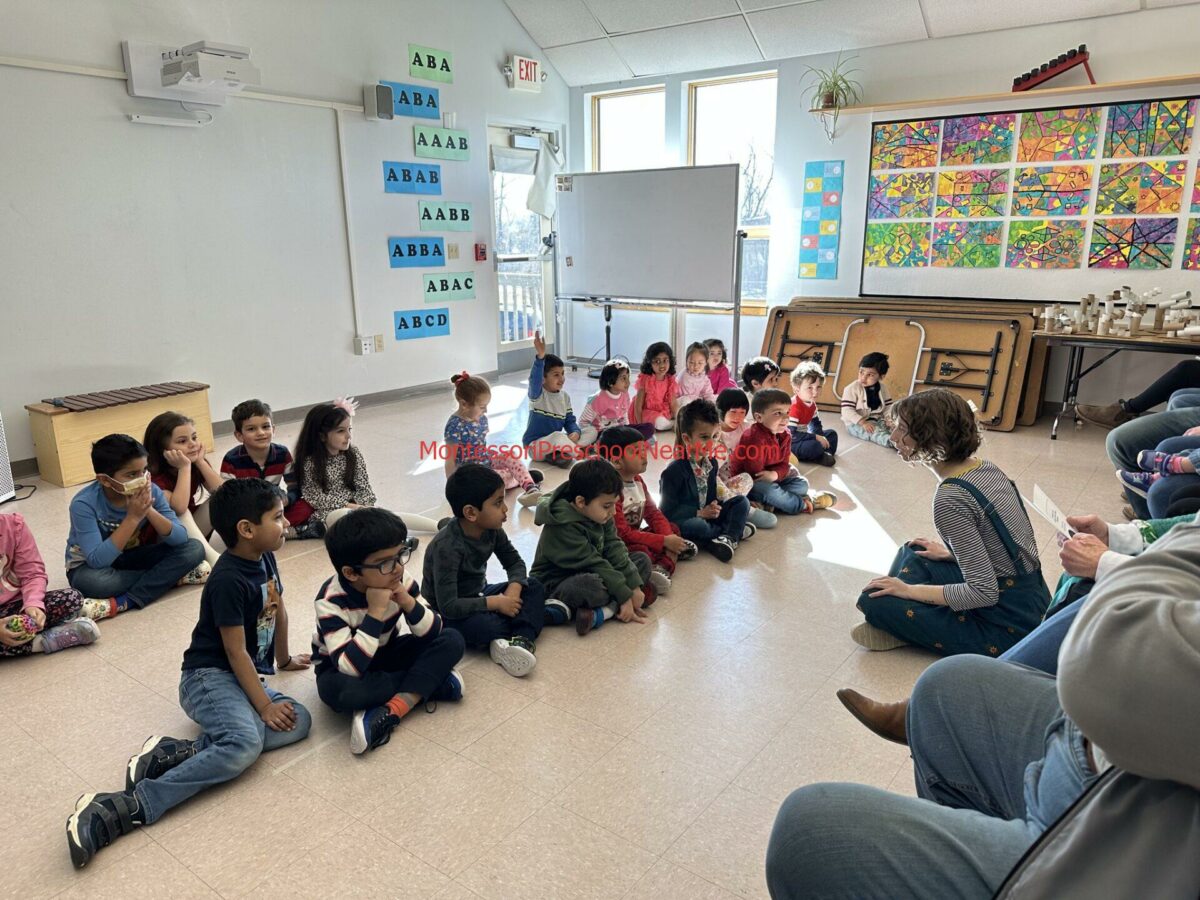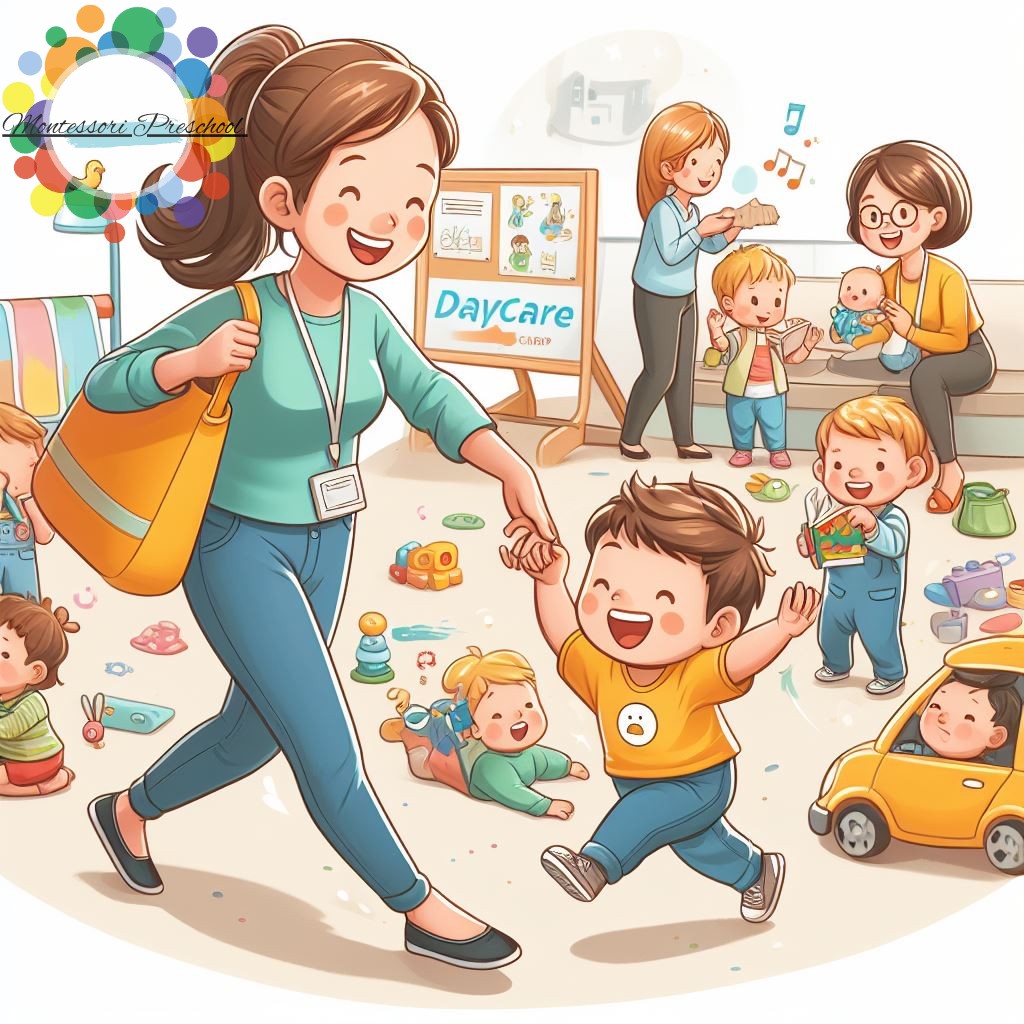
As parents, we all want the best education for our children, but with so many options available, it can be overwhelming to make the right choice. One common dilemma parents face is deciding between a Montessori and a traditional preschool. Both approaches have their merits, but understanding the differences can help you make an informed decision that aligns with your child’s unique needs and learning style.
In this article, we will explore the key differences between Montessori and preschool education. We’ll delve into the philosophy and methods used in each approach, compare their curriculums, examine the teacher-student dynamics, analyze the learning environment, and discuss the long-term benefits of both systems. So let’s dive in and discover which educational path is best suited for your child!
Philosophical Differences
Montessori Philosophy
The Montessori educational philosophy, developed by Dr. Maria Montessori, is based on the belief that children are naturally curious and have an innate ability to learn. The approach emphasizes independence, freedom within limits, and respect for the child’s individuality. Montessori classrooms are designed to foster self-directed learning and hands-on exploration, allowing children to follow their own interests and learn at their own pace.
Preschool Philosophy
Traditional preschools, on the other hand, follow a more structured approach to education. The focus is on preparing children for formal schooling by introducing them to basic academic concepts and social skills. Preschools often follow a standardized curriculum and provide a more teacher-guided learning experience. The emphasis is on preparing children for the next stage of their education rather than allowing them to explore their own interests and learning styles.
Methodology and Curriculum
Montessori Methodology
Montessori classrooms are known for their unique learning materials and hands-on approach. The curriculum is often divided into different areas, such as practical life, sensorial, mathematics, language, and culture. Children are encouraged to choose their own activities and work at their own pace. Montessori materials are designed to be self-correcting, allowing children to learn through trial and error. Teachers act as guides, observing and providing support when needed.
Preschool Curriculum
Traditional preschools typically follow a more structured curriculum that focuses on early literacy, numeracy, and social skills. Activities are often teacher-led, and there is less emphasis on hands-on learning materials. Preschools may include circle time, where children learn through songs, stories, and group activities. The curriculum may also incorporate art, music, and physical education to provide a well-rounded educational experience.
Teacher-Student Dynamics
Montessori Approach
In Montessori classrooms, teachers are seen as facilitators rather than lecturers. They observe and guide children in their learning journeys, providing individualized attention and support. The role of the teacher is to create a nurturing and stimulating environment that encourages exploration and independence. Montessori teachers build relationships with each child, fostering a sense of trust and respect.
Preschool Approach
In traditional preschools, teachers play a more directive role in the classroom. They lead activities, instruct children, and provide guidance. The teacher-student dynamic is often more structured, with clear instructions and expectations. Preschool teachers focus on creating a structured learning environment and preparing children for the next level of education.
Learning Environment
Montessori Learning Environment
Montessori classrooms are carefully prepared to promote independence, freedom, and exploration. The environment is often referred to as the “prepared environment.” It is designed to be aesthetically pleasing, organized, and inviting to the child. Montessori classrooms typically feature low shelves with open-ended learning materials, allowing children to choose activities that interest them. The classroom is a mix of ages, creating a sense of community and collaboration.
Preschool Learning Environment
Traditional preschools often have a more structured and organized learning environment. Classroom layouts may include separate areas for different activities, such as reading, art, and play. Toys and materials are organized and easily accessible for children. Preschool classrooms may also have specific stations or centers where children can engage in different types of play and learning.
Long-Term Benefits
Montessori Education
Research suggests that Montessori education can have long-term benefits for children. The emphasis on independence and self-directed learning cultivates important life skills such as problem-solving, critical thinking, and time management. Montessori-educated children often demonstrate a love of learning and a strong sense of self-confidence. They have been found to perform well academically and exhibit higher levels of social and emotional well-being.
Preschool Education
Traditional preschool education also offers several benefits. Preschools provide a structured environment that prepares children for the academic demands of elementary school. Children learn essential social skills such as sharing, taking turns, and working collaboratively. Preschools often focus on early literacy and numeracy, giving children a solid foundation for future learning. Overall, preschool education helps children develop routines, adapt to a school setting, and interact with peers.
Conclusion
Choosing between a Montessori and a traditional preschool is a decision that should be based on a thorough understanding of the key differences between the two approaches. Montessori education emphasizes independence, hands-on learning, and self-directed exploration, while traditional preschools offer a more structured approach focused on early academics and social skills. Both approaches have their merits and can provide a solid foundation for your child’s education. Ultimately, the best choice depends on your child’s unique needs, learning style, and your family’s values. So take the time to research, visit different schools, and make an informed decision that will set your child up for a successful educational journey.



